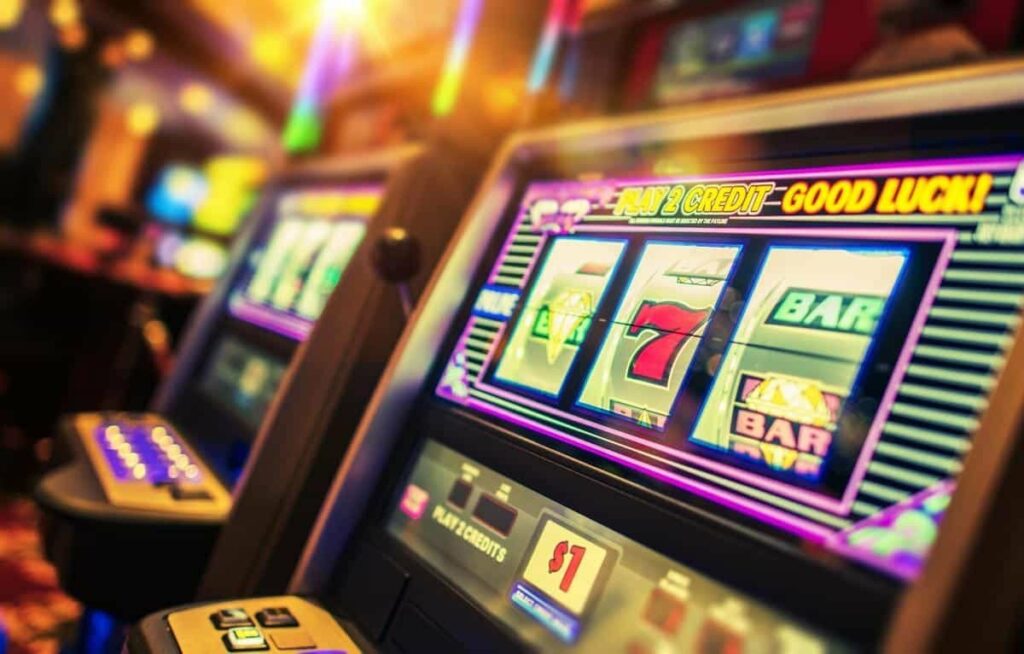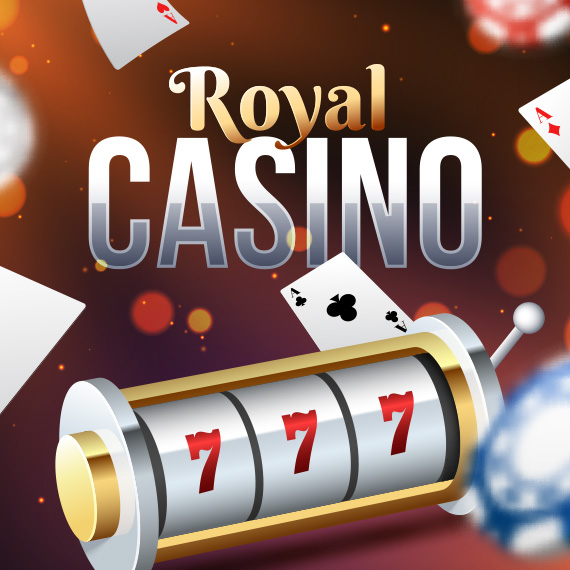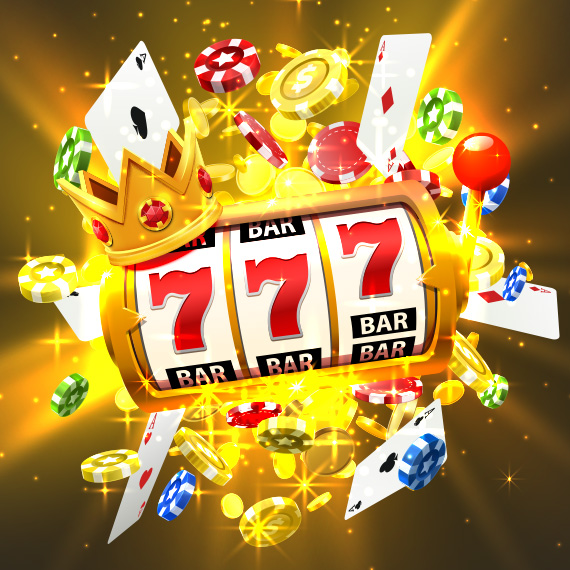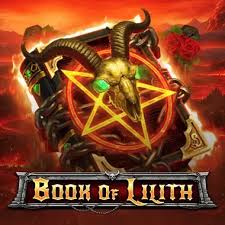Elevate Your iGaming Experience: The Importance of Understanding Slot Volatility
Unlock the secrets of slot volatility! 🎰 Discover how understanding high, medium, and low variance games can elevate your iGaming strategy and boost your winning potential. Are you ready to spin smarter?
Elevate Your iGaming Experience: The Importance of Understanding Slot Volatility

As iGaming fans, we all love the thrill of upping our chances in slot games, whether it’s by studying RTPs or digging into slot volatility to get a clearer idea of what to expect during play. Every slot machine varies in volatility, making it important to understand these differences if you want to fine-tune your gaming approach.
Today’s blog dives into the types of slot volatility and what each means for your gameplay. Let’s get into it!
What Does Slot Volatility Mean?
Slot volatility helps predict how a slot machine is likely to perform, whether it’s land-based or online. It gives players an idea of win frequency, payout size, and risk level, helping you plan your bankroll better. It also gives you insight into how often you can expect to hit winning combinations and adjust your strategy accordingly. For anyone who wants to take a shot at mastering slots, volatility is a key piece of the puzzle.
Types of Slot Volatility
Most slots fall into one of three main categories: high, medium, or low variance. However, some gaming experts add even finer categories like medium-high and low-medium to describe specific slot behavior more accurately. Slots with high variance offer bigger payouts less frequently, while low variance games offer smaller, more regular wins.
While slot providers rarely share volatility details, players can gauge a slot’s volatility by observing gameplay. If a slot pays out smaller amounts but often, it’s likely low variance. If big prizes come infrequently, it’s a high variance game. Choosing between them depends on your bankroll, preferred risk level, and game goals.
Volatility vs. Variance
Though sometimes used interchangeably, volatility and variance mean the same in casino gaming: both refer to win patterns and payout frequency. “Variance” is a term borrowed from poker, while “volatility” often appears in finance.
Determining Slot Volatility
Some key indicators can help you guess a slot’s volatility. For example, high variance games often have high payouts for five-of-a-kind combinations, low max bet limits, and large prize potentials. Check out our recent podcast episode on slot volatility on Spotify to get even deeper insights!
High Variance Slots
High variance slots are ideal if you’re comfortable with higher risks and the thrill of large but infrequent payouts. With higher volatility slots, expect fewer wins, but look forward to bigger payouts when you do hit. Popular high variance games include Book of Dead, Dead or Alive, and Riches of Robin.
Low Variance Slots
Low variance slots, meanwhile, are perfect for those who enjoy steady, smaller wins. These slots offer frequent, modest payouts that can keep the fun going for longer stretches. Top choices here include Starburst, Thunderstruck II, and Bloodsuckers II.
Medium Variance Slots
With a mix of frequent small wins and the potential for larger payouts, medium variance slots balance high and low variance games. They’re a favorite among players who enjoy longer sessions and strategic bankroll play. Popular medium variance slots include Gonzo’s Quest, Vikings Go Berzerk, and Jumanji.
Choosing the Right Volatility for Your Style
Choosing your ideal slot type depends on your goals and risk comfort level. High variance slots may be better suited for players chasing big wins, while low variance slots offer the comfort of steady payouts. Medium variance slots are a happy middle ground, balancing risk and reward.
Whatever your style, slot volatility is there to guide your play. So, find what works best, spin with strategy, and enjoy the game!

















